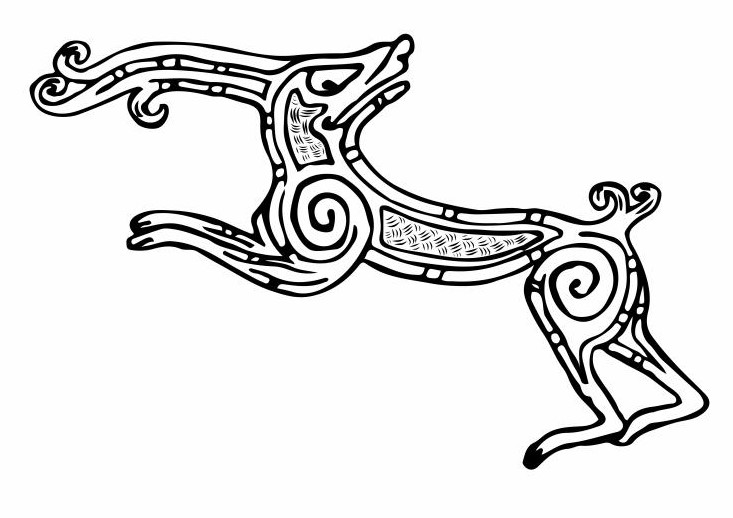Introduction The event called blót is one of the most common, and important devotional rites of organized Heathen practice. The sacrifice could (and can still) be a very simple one, but on high feast days would typically involve feasting and speeches. Our approach here, is to view blót broadly as “a ritual…
Tag: Rites

Eáster-freólsdæg
Background Eáster-freólsdæg celebrates Éostre, the Germanic goddess associated with dawn and the rejuvenation of spring. Historically referenced by the Venerable Bede, Éostre embodies the renewal of the land and the resurgence of life after winter’s retreat. This festival, marked during the month named for her, “Eosturmonath,” honors the fertile earth…
Gield
The Core Mechanic of Heathen Rituals Gield refers to the fundamental principle of reciprocity in Heathen ritual practice, where offerings or tributes are made to gods, wights, or ancestors. These acts reflect the exchange of honor between humans and divine forces. Within the framework of gield, there are varying levels…
Holy Calendar
Gerímbóc The religious calendar presented here, is a reconstructed one based upon what the authors have been able to glean from various sources, and rationalized with modern lifestyles and constraints. It is based in authentic Heathen practices and lore, but it is by no means “historical”, as such an attested…
Land Remediation Rite
The surviving Æcerbot text, an 11th-century addition to the 10th-century Heliand C manuscript, is a remarkable example of an Old English charm blending pre-Christian and Christian elements. Its purpose was to restore fertility to fields and ensure a bountiful harvest, reflecting the agricultural reliance of Anglo-Saxon society. The charm includes ritual actions, such…
Medubrycgende
Purpose Mead-making carries a deep historical significance rooted in both Heathen and Christian traditions. It is not merely the production of a beverage but a sacred act that honors the gods, celebrates community, and symbolizes transformation and divine inspiration. This sacred tradition continues to be celebrated and revered in modern…
Symbel
Purpose In medieval times, Symbel was a communal ritual of the Anglo-Saxon and other Germanic peoples, in which participants gathered in a meadhall to share food and drink, give toasts, and make vows to their gods or ancestors. The purpose of Symbel was to forge and reinforce social bonds, celebrate…